How Yuba and Sutter counties are in the crosshairs of Texas and California redistricting beef
Published in News & Features
SACRAMENTO, Calif. — Voters in Yuba and Sutter counties could soon swap representatives for the third time since 2020 as the majority-conservative area enters the crosshairs of redistricting efforts that could push it back into a Democrat-led district.
The political battle to shift power in Congress by gerrymandering political lines has broadened from the White House to Texas and into rural California counties where voters with Republican representation may find themselves in Democratic territory by the 2026 midterm elections.
Two districts containing Yuba and Sutter counties are among the five California seats Democrats have reportedly targeted.
In response, Sutter County supervisors agreed this week to send a letter to Gov. Gavin Newsom opposing redistricting of any kind outside of its usual 10-year cycle, as momentum builds toward a November special election on the issue.
“We have a bipartisan committee to draw the needed lines,” Supervisor Jeff Stephens said at a meeting this week. “It was voted on and approved by the voters.”
Redistricting talks have entered national discourse and several state legislatures over the past month after President Donald Trump asked Texas lawmakers to redraw their state’s political map, flipping five congressional seats in favor of Republicans. Newsom answered with threats to overhaul California’s districts, canceling gains in Texas.
“He doesn’t play by a different set of rules; he doesn’t believe in the rules,” Newsom said Thursday of Trump, while speaking at an event launching California’s Democrat-driven redistricting campaign. “And as a consequence, we need to disabuse ourselves of the way things have been done.”
Texas lawmakers have attempted to break precedent and redistrict outside of the post-census cycle — which has stalled as the state’s Democrats broke quorum and fled Texas. But in California, where districts are divided each decade by a nonpartisan committee, Democratic brass has opted to call a special election, where voters will decide on whether to adopt a new map flipping Republican-held districts.
The underlying cause of the political theater and break from tradition is the narrow split in the House of Representatives, with Republicans aiming to hold on to and expand their margin while Democrats fight to gain a majority after the 2026 midterms.
For now, all of Sutter County, along with most of Yuba County’s population, falls within Republican Rep. Doug LaMalfa’s district. The rest of Yuba County lies within Rep. Kevin Kiley’s district. In November, each Republican decidedly won his seat in Congress, both of which are among the five seats reportedly under scrutiny for redistricting.
Kiley recently said that overturning the current district lines, drawn by a commission approved by voters, is “an attack on the voters of California, an attack on democracy in California and across the country.”
Before the 2020 census, Yuba and Sutter counties were in District 3 for five elections of the previous decade, all of which were won by John Garamendi, a Democrat. That district looped westward around Sacramento and engulfed Elk Grove — connecting disparate parts of the Sacramento Valley.
The current congressional map has all of Sutter County and most of Yuba County’s population connected to the North State district LaMalfa has held since 2012, among the most conservative pockets of the state.
LaMalfa spoke out against redistricting — in Texas and California — at a rare in-person town hall event hosted in Chico, where he was met with an unwieldy, and at times hostile, crowd.
“It’s really ugly, and no matter which side of the aisle you’re on, it doesn’t look good,” LaMalfa said. “It doesn’t give you more faith in the political process if you … draw the lines merely to have an outcome for a partisan win.”
The last special election in California took place in 2021, a gubernatorial recall in which voters opted to keep Newsom in office. That election took place shy of 90 days after the ballot initiative signatures were verified, triggering the subsequent election.
This election is expected for Nov. 4 and has a similarly short turnaround for county elections offices to prepare, which they have been doing for weeks.
“There was a compressed time frame although not as tight as this one is,” said Donna Johnston, Sutter County registrar of voters.
Newsom said that this week the state legislature will prepare bills to formally call and fund the special election, while also stipulating that the state’s redistricting commission will resume its duties after the 2030 election cycle.
The last special election cost about $200 million, including more than $174 million for the state’s 58 counties and about $26 million spent by the secretary of state, according to a post-election cost breakdown.
Locally, running the last special election cost Sutter County almost $226,000 of a nearly $346,000 estimate. The state fronted counties with the money they expected to spend before that election, and counties held on to the extra dollars to put toward subsequent elections.
“That was in 2021, so anticipate those costs going up,” Johnston said.
She expects this special election to cost $250,000 in Sutter County, with similar increases in other communities. But if the newly drawn maps, which have not been released yet, cut district lines through Sutter County, it would cost the county about $12,000 to orchestrate that process, Johnston said. That would also effectively double the number of ballots the county needs for all elections using those lines, causing a new recurring cost for each subsequent election.
For the state, hosting this election is expected to exceed the $200 million cost from several years ago.
©2025 The Sacramento Bee. Visit sacbee.com. Distributed by Tribune Content Agency, LLC.
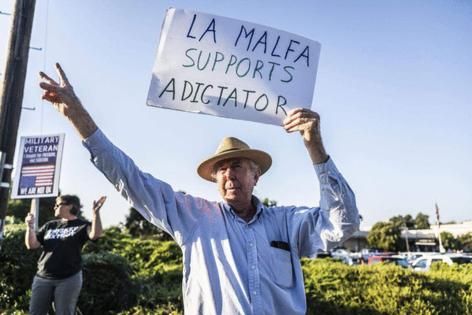

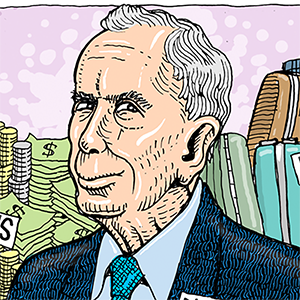
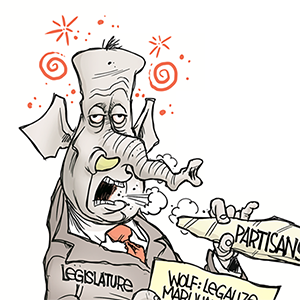
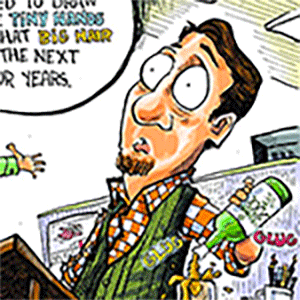

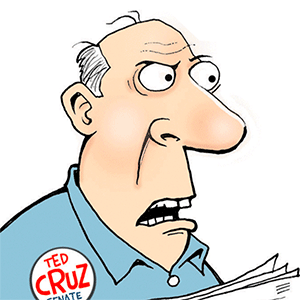
Comments